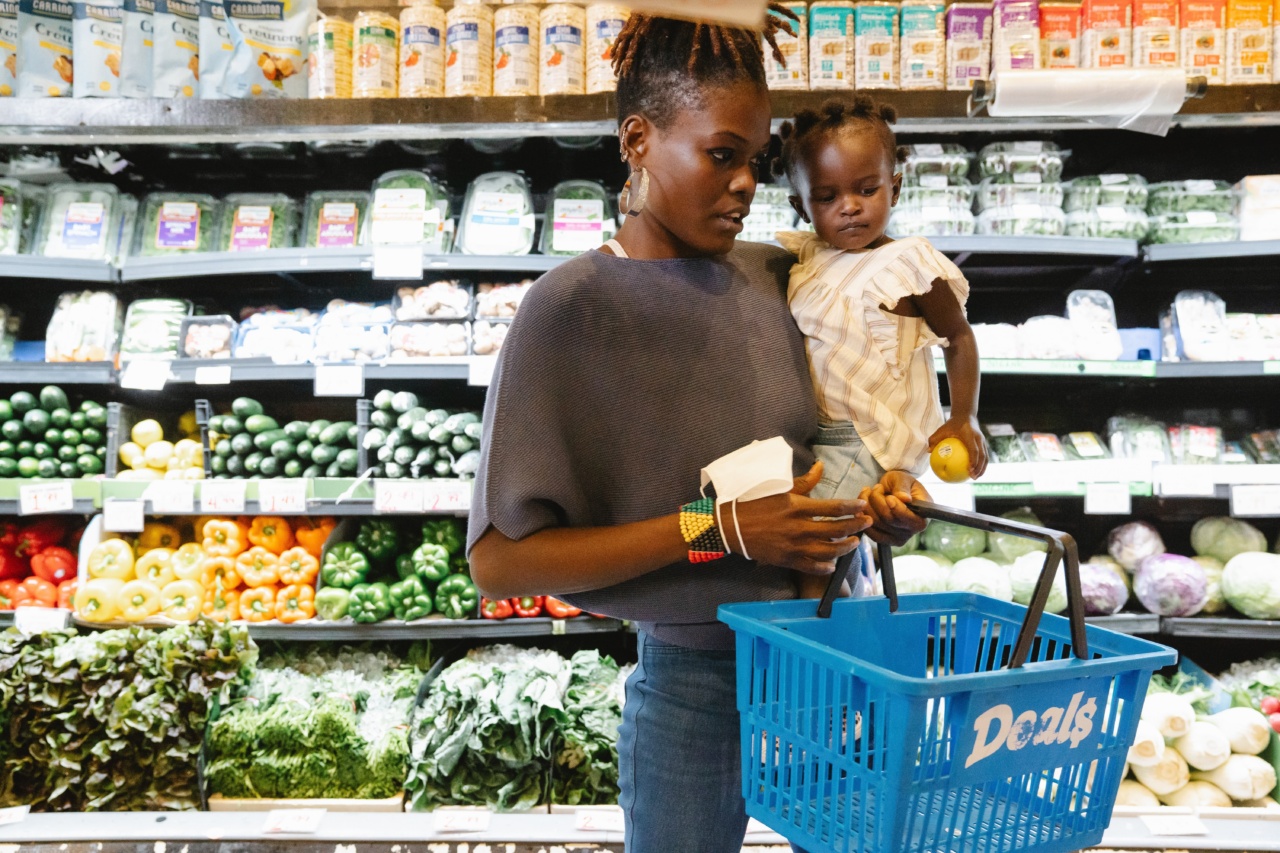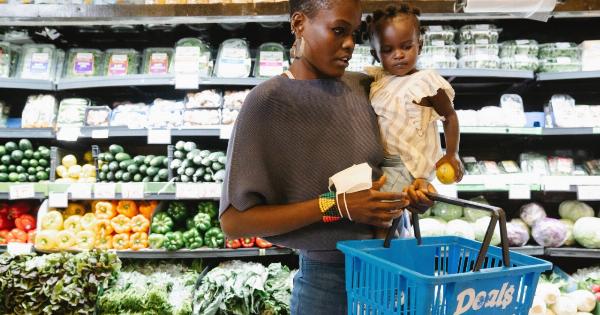Carrying supermarket shopping to reusable bags can be a daunting task, especially if you are new to making eco-friendly choices.
However, with a few simple tips and tricks, you can easily become a pro at efficiently carrying your groceries without harming the environment. In this beginner’s guide, we will walk you through everything you need to know about safely transporting your supermarket purchases to reusable bags.
Choose the Right Reusable Bags
The first step in safely carrying supermarket shopping to reusable bags is selecting the right bags for the job. Look for reusable bags made of sturdy and durable materials, such as canvas or nylon.
Avoid choosing bags with thin or flimsy handles, as these may break under the weight of your groceries and cause spills or accidents. Opting for bags with reinforced stitching and strong handles will ensure that your shopping remains intact and secure during transit.
Check the Load Capacity
Before heading to the supermarket, it’s essential to check the load capacity of your reusable bags. Overstuffing bags can lead to spills and tears, making it difficult to carry your shopping safely.
Most reusable bags specify their load capacity on the label or tag. Be mindful of this information and distribute the weight evenly among multiple bags if needed.
Organize Your Shopping List
An organized shopping list can play a significant role in ensuring the safe transportation of your groceries. Group items according to their weight and delicacy.
Heavier and sturdier items like canned goods and bottles should be placed at the bottom, while fragile items like eggs or bread should be kept on the top to prevent them from getting crushed. Separating produce from other groceries can also prevent them from getting squished.
Use Insulated Bags for Temperature-Sensitive Items
If you have temperature-sensitive items like dairy products, frozen goods, or fresh produce, it’s advisable to use insulated bags. These bags help regulate the temperature of your groceries, preventing them from spoiling or getting damaged.
Insulated bags are particularly useful during hot summer months or when traveling long distances before reaching home.
Utilize Bag Dividers or Separators
Bag dividers or separators can be a game-changer when it comes to organizing and carrying your shopping safely.
These simple tools help create compartments within your reusable bags, allowing you to separate different items and prevent them from shifting or getting damaged during transit. Bag dividers are particularly useful for arranging fragile items and keeping them safe.
Be Mindful of Weight Distribution
When placing items in your reusable bags, it’s essential to pay attention to weight distribution. Arrange heavier items towards the center and bottom of the bag to maintain balance and stability.
Distributing weight evenly among the bags also helps prevent strain on your arms and shoulders while carrying them. Being mindful of weight distribution minimizes the risk of bags tearing or handles breaking.
Consider Using Trolley Bags
Trolley bags are specially designed bags that fit securely into the frame of shopping carts. These bags have multiple compartments and can be easily folded and unfolded for use.
Trolley bags make it convenient to organize groceries while you shop, eliminating the need for packing and repacking at the checkout counter. They also prevent your shopping from getting mixed up with other customers’ items.
Opting for trolley bags can simplify the process of carrying your shopping to reusable bags and reduce the risk of spills, breakage, or forgetting items at the store.
Carefully Lift and Carry Your Bags
When lifting and carrying your reusable bags, it’s important to use proper lifting techniques to avoid strains or injuries. Bend at your knees instead of your waist and use your leg muscles to lift the bags.
Keep the bags as close to your body as possible to maintain balance and stability. Avoid overloading yourself with too many bags at once. If you have numerous bags, consider making multiple trips to the car or using a cart instead of trying to carry everything in one go.
Secure Your Bags in the Car
Once you have packed your supermarket shopping into reusable bags, it’s time to transport them safely to your car. Place the bags securely in the trunk or on a stable surface, ensuring that they won’t move or tip over during the journey.
If possible, use bungee cords or cargo nets to secure the bags in place, especially if you anticipate sharp turns or sudden stops along the way. Securing your bags in the car prevents them from sliding around and causing damage to your groceries or your vehicle.
Unload and Store Groceries Wisely
Upon arriving home, it’s crucial to unload and store your groceries wisely to maintain their quality and ensure safety. Start by removing fragile items like eggs or glass bottles first and place them in designated storage areas.
Sort and organize your groceries as you go, putting perishable items in the refrigerator promptly. Remember to unpack reusable bags and store them in a convenient location for your next shopping trip.
Conclusion
Transitioning to reusable bags for carrying your supermarket shopping not only reduces plastic waste but also promotes a more sustainable lifestyle.
Following the tips mentioned in this beginner’s guide will help you carry your groceries safely, protecting both the environment and your purchases. By investing in the right reusable bags, organizing your shopping list efficiently, and being mindful of weight distribution, you can become a pro at carrying supermarket shopping to reusable bags in no time.





























